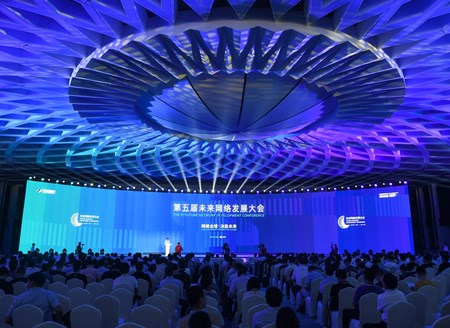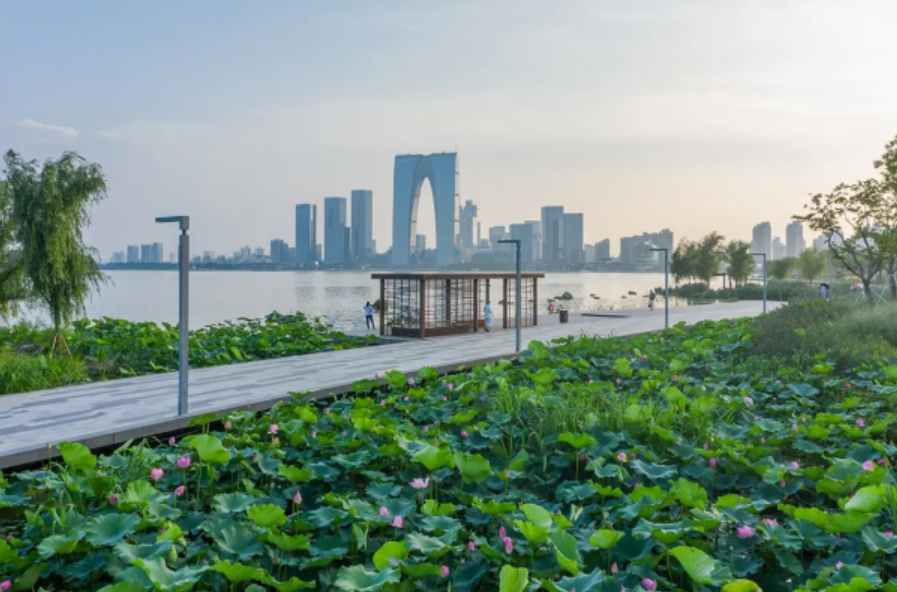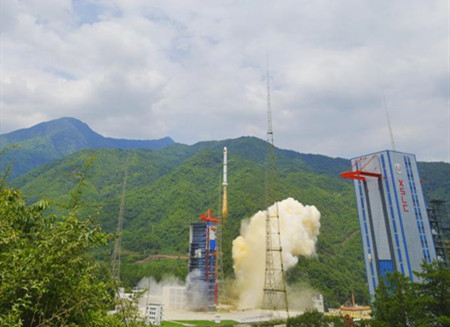East China’s Jiangsu province has taken the lead in launching the "Green Island" project in the country in a bid to reduce the cost of pollution control for small and medium-sized enterprises, and promote unified collection, centralized management, and stable discharge of pollutants.
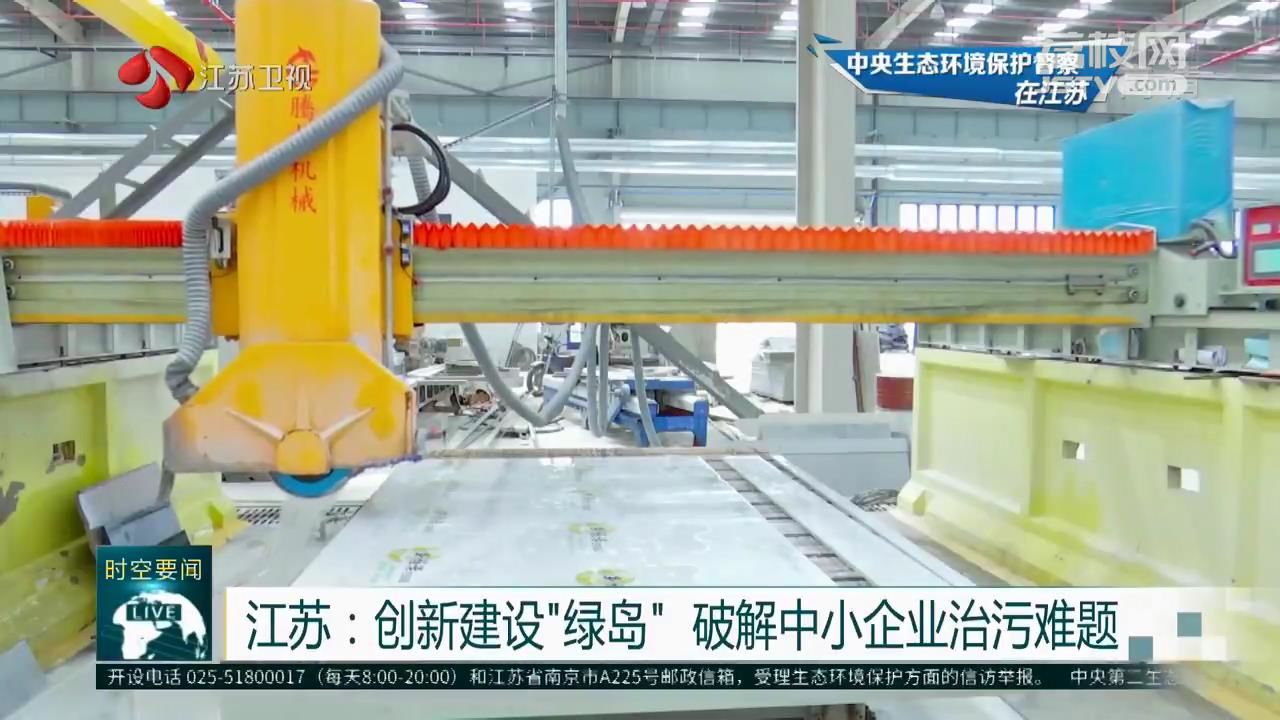
More than 50 enterprises in Taizhou Stone Building Materials Mall were seen carrying out stone processing operations.
In the past, the processing area was full of dust and sewage, but now, the exhaust gas is collected into the dust collection and reduction system for activated carbon treatment. The wastewater is recycled after being purified by three-stage filtration.
The big change is due to the fact that Taizhou took the lead in piloting the "Green Island" project in the province.
For a long time, the stone processing industry has suffered serious pollution. To this end, Taizhou banned illegal stone processing workshops in 2019 and invested 220 million yuan to build a high-standard stone processing mall.
Enterprises operating in the mall have spacious workshops and enjoy preferential rent reductions and exemptions. The waste water and waste gas generated in the production process are collected and treated centrally to ensure that the discharge of pollutants meets the national standard.
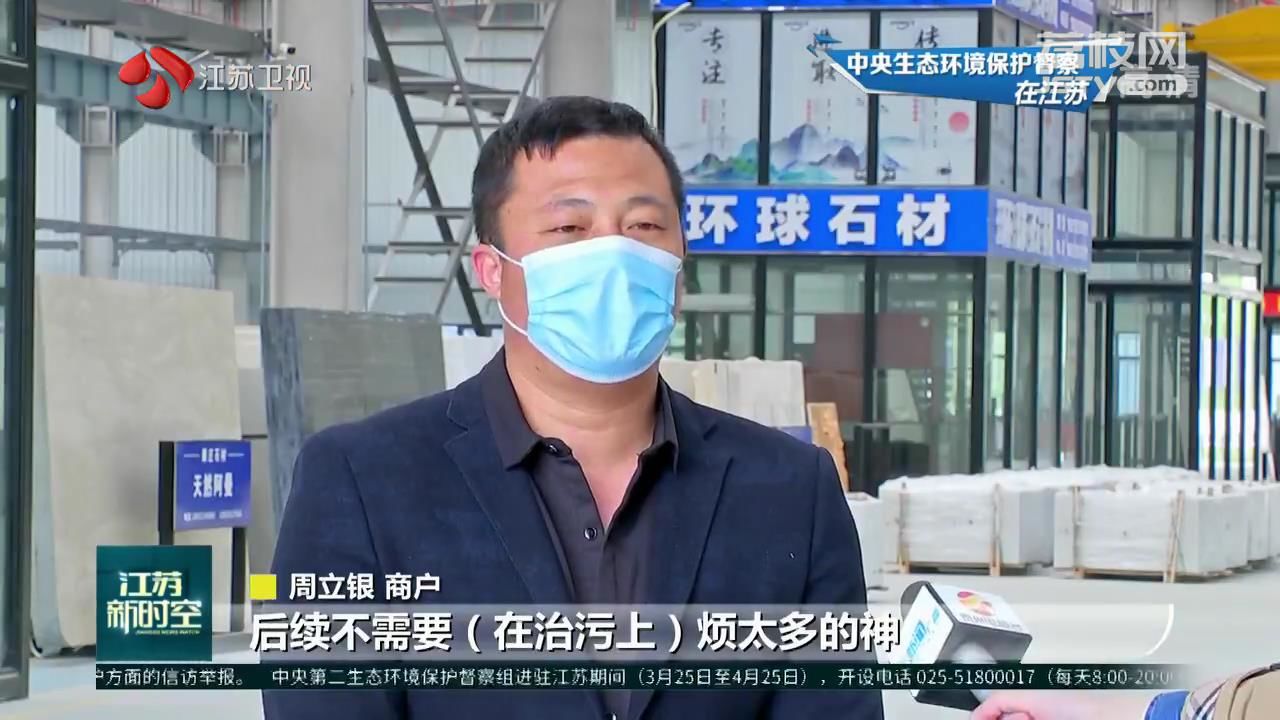
Zhou Liyin, Businessman
In the past
I had to invest about 60,000 to 70,000 yuan
in pollution control
After operating in the stone building materials mall
I can save 50,000 to 60,000 yuan
in pollution control every year

Zhai Xiaofang, Project Operation Manager of Taizhou Stone Building Materials Mall
The Stone Building Materials Mall
can reduce waste water discharge by 60,000 tons
dust discharge by 30 tons
and scraps and other scraps
by 2,500 tons each year
The annual output value of each business
has increased by about 5% to 10% year-on-year
In 2020, Jiangsu launched the construction of the "Green Island" project, and built a number of shared pollution control infrastructure for waste gas, wastewater and solid waste disposal in accordance with the concept of "intensive construction, shared pollution control".
Jiangsu has also introduced incentives and subsidies for "Green Island" projects. For "Green Island" projects with good operating effects, the maximum subsidy is 40% of the total investment.
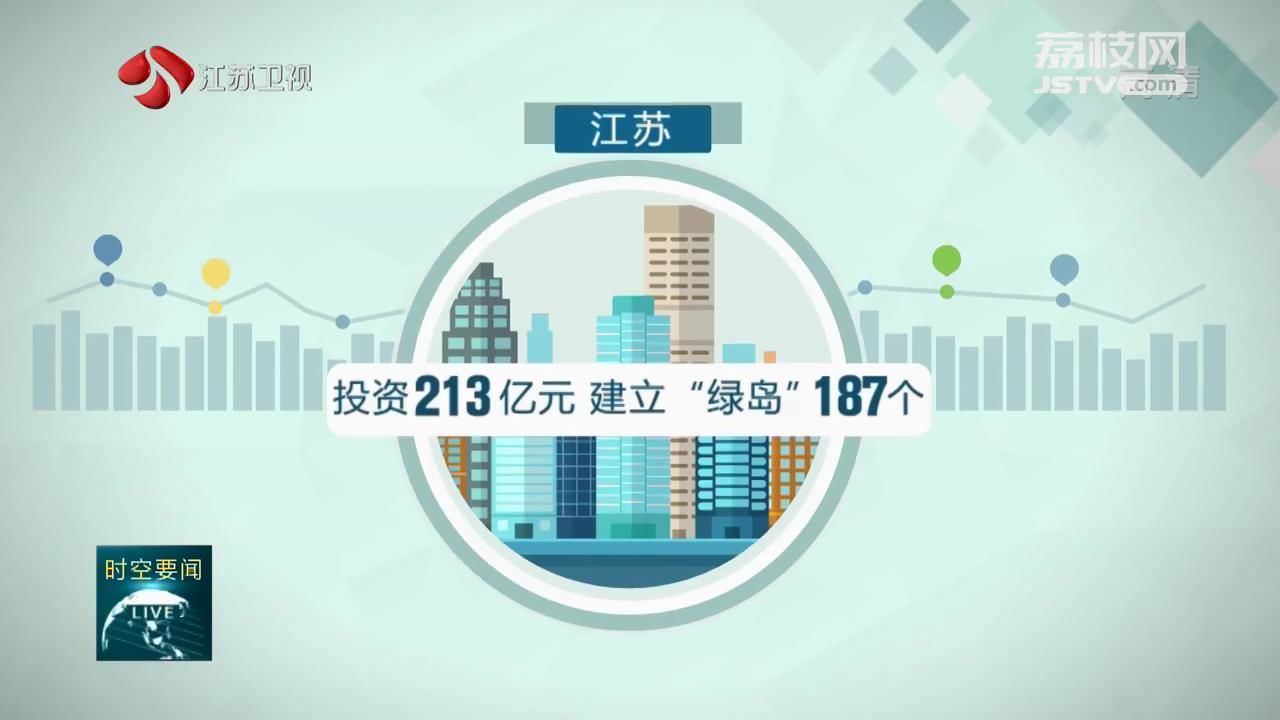
The province has so far invested 21.3 billion yuan to establish 187 "green islands", benefiting at least 30,000 small and medium-sized enterprises.
Efforts will be made to build a demonstrative "Green Island" project to help reduce pollution and carbon, and promote the construction of the beautiful Jiangsu campaign.


